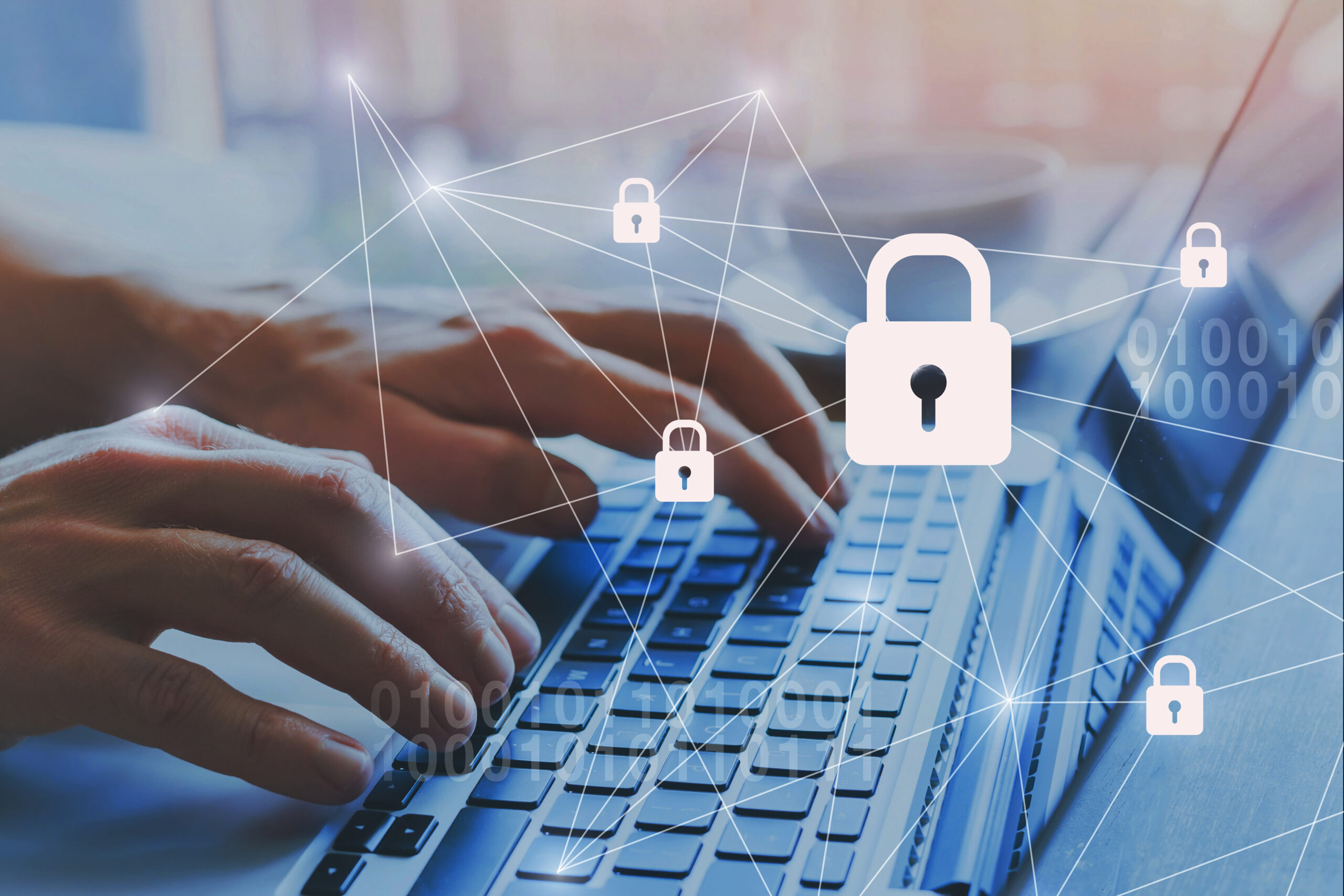Category: Blog
As quantum computing edges closer to real-world application, a quiet but serious cybersecurity threat is gaining attention: “Harvest Now, Decrypt Later” (HNDL). While still under the radar for most people, this tactic—long used in intelligence circles—is now resurfacing in a new context. It is especially concerning for security professionals—particularly in sectors like healthcare, finance, defense, and government, where long-term data sensitivity is critical.
What is HNDL?
The concept behind HNDL is simple but alarming: attackers intercept encrypted data today, banking on the idea that quantum computing will eventually be able to decrypt it. Unlike traditional cyberattacks that focus on immediate access or disruption, HNDL is a long-term, passive threat. It’s about what cybercriminals will be able to do—years down the line—when current encryption becomes obsolete.
This makes the threat particularly dangerous. Data theft could remain undetected for years, and legal or regulatory issues might only surface once stolen information is publicly exposed. Information such as medical records, intellectual property, and financial or legal archives can stay valuable—and vulnerable—for decades.
The Quantum Shift
Quantum computing isn’t just a faster version of today’s technology. It’s based on a completely different model of computation. Rather than using binary bits (1s and 0s), quantum computers use “qubits,” which can represent multiple values at once. This gives them the power to solve certain problems—like breaking encryption—at exponentially faster speeds. Widely used encryption methods—like RSA (Rivest–Shamir–Adleman) and ECC (Elliptic Curve Cryptography)—could eventually be decrypted in a matter of hours, making today’s stolen data tomorrow’s liability.
Why This Matters Now
Though HNDL may sound like a problem for the future, the implications are already here. Data stolen now could be decrypted years down the line, long after the breach occurs. This could include everything from trade secrets and patient files to classified communications and financial records.
Because the damage would come later, detecting and mitigating HNDL-style breaches would be significantly harder than responding to a typical cyberattack. The delayed nature of the threat makes it both more subtle and more dangerous.
What Can Organizations Do To Prepare?
While quantum computing isn’t yet capable of breaking modern encryption, organizations can take steps now to prepare for the inevitable shift:
- Identify data requiring long-term protection
Focus on information that must remain secure for 10-20+ years, such as personal identifiers, medical records, financial data, legal documents or proprietary research.
- Adopt encryption agility
Design systems with the flexibility to update encryption methods without major overhauls. This ensures your infrastructure can adapt as quantum-safe standards evolve.
- Explore quantum-safe encryption
Monitor developments from internal cryptographic communities working on post-quantum encryption standards. Many leading technology providers are already testing and adopting these tools —forward-thinking organizations should do the same. NIST is permanently publishing updates and their advice.
- Use Hybrid Encryption When Possible
Some organizations, in critical areas like health, banking, or defense, are starting to combine traditional encryption with quantum-resistant methods —doubling up until the transition is complete.
- Stay Informed
This is a fast-moving space. Keeping up with developments in quantum computing and cybersecurity standards will be essential in the next 5-10 years.
The Future Is Closer Than It Seems
HNDL may not dominate headlines today—but the risks are real and growing. For industries where data has lasting value, being proactive is essential.
At Hitachi Cyber, we help organizations assess long-term risks, modernize infrastructure, and build resilience into every layer of their cybersecurity strategy.
Contact us today to explore how we can support your cybersecurity needs.


